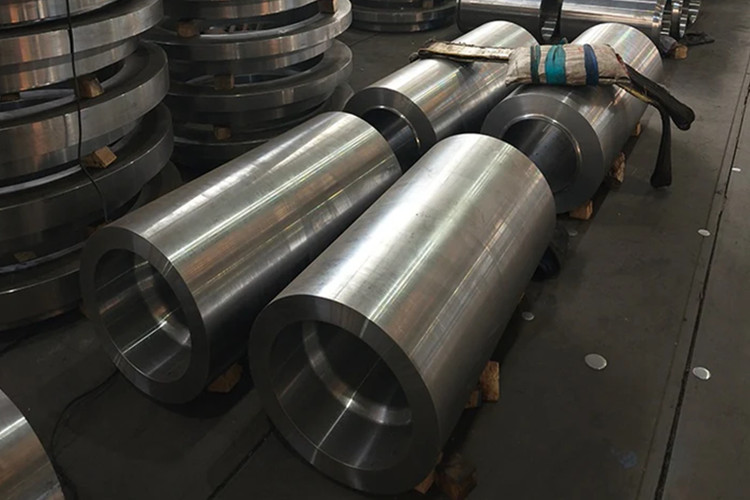- tyler@kirail.com
- +86 15603721115
Nondestructive testing of stainless steel forgings can be divided into radiographic testing, ultrasonic testing, magnetic particle testing, seepage testing and eddy current testing.
Common testing methods for stainless steel forgings are ultrasonic testing and magnetic particle testing.

1. Ultrasonic testing
Ultrasonic waves (frequency is generally greater than 20,000 Hz) will reflect and refract at the interface of different materials. Therefore, if there are defects of different materials in solid materials, wave reflection and attenuation will occur. The existence of defects can be judged by waveform signals. For large and medium-sized forgings, ultrasonic testing is one of the important means of nondestructive testing.
2. Magnetic particle testing
Magnetic particle testing can be used to check for defects such as cracks, pores, and non-metallic inclusions on the surface of forgings and nearby areas. Because this method has simple equipment, convenient operation, and high sensitivity, it is often used to detect small and medium-sized die forgings produced in large quantities.
3. Low-power fracture test
Low-power inspection is to inspect the sample with the naked eye under a 10-30x magnifying glass after a certain processing, so as to find the defects of stainless steel forgings. By cutting a disc sample and etching it with acid, defects such as streamlines, dendrites, looseness, naphthalene crystals, and stone-grained fractures can be checked. In order to detect segregation, especially the uneven distribution of sulfides, the sulfur printing method is often used.
4. High-power inspection
The stainless steel forging is made into a certain sample and placed under a microscope to check the organizational state or microscopic defects inside the forging (or on the fracture). The internal organization and inclusion distribution of the forging can be checked by cutting a longitudinal sample. Surface defects such as decarburization, coarse grains, carburization and hardened layer can be checked by cutting a transverse sample.